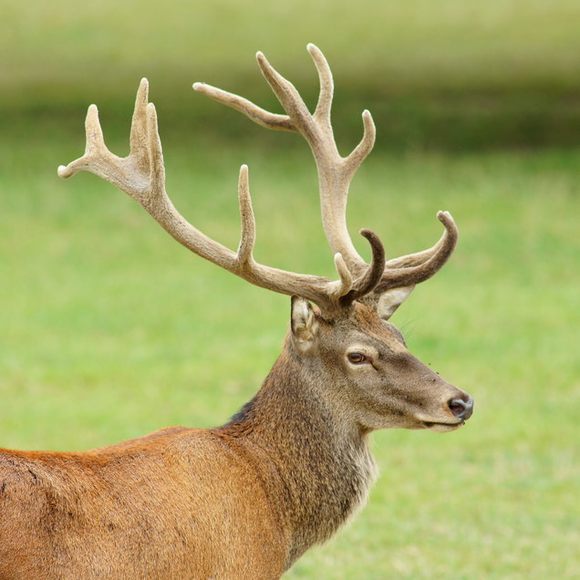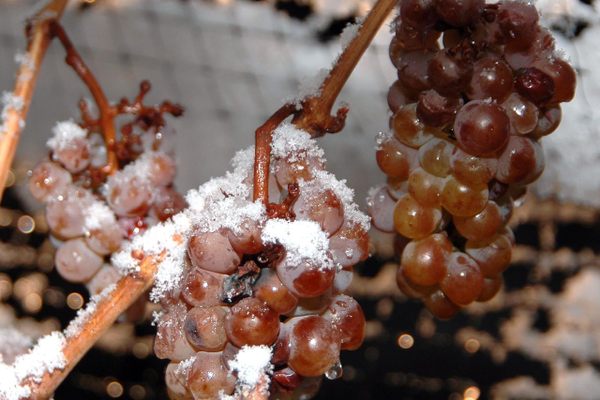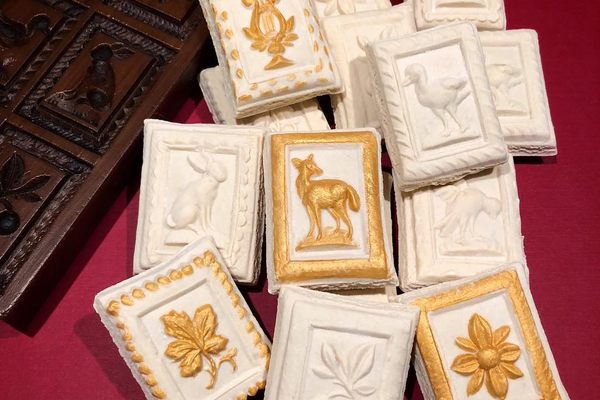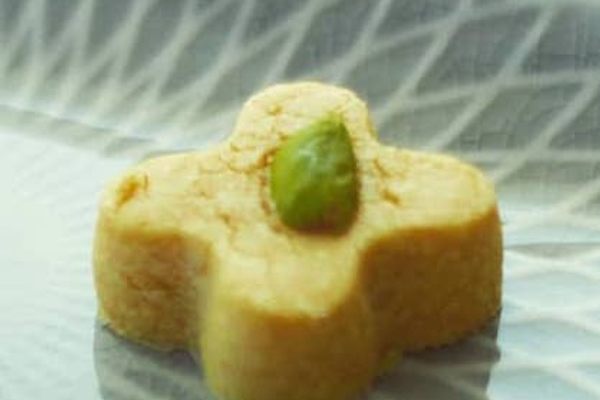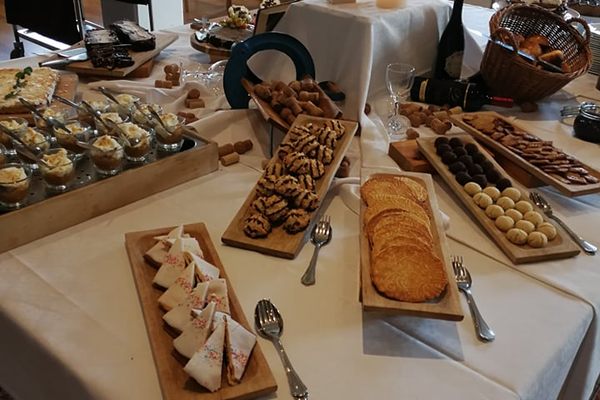Long before baking powder became a common household item, making light, crispy, sweet pastries was neither easy nor for the faint of “hart.” To get a good rise without yeast, bakers used a powder made from “hart’s horn,” or red deer antlers. Hart, a British term for a stag (male deer), was readily available in the forests of Germany, where the leavener was referred to as hirschhornsalz (staghorn salt). It appears in recipes dating back as early as the Middle Ages, when it would have been first used by chefs of the nobility.
Making use of hartshorn was no easy feat. After the hunt, cooks would have to heat and pulverize the horns (and often animal bones as well) in order to make use of their rising properties. Once ground, the hartshorn could be added to baked goods much like baking powder is used today, except for the smell. When heated again, the pulverized hartshorn produced ammonia and carbon dioxide gases. As the gases escaped through the batter’s surface, they lifted the dough while it was setting, making it fluffy and light. Although the ammonia dissipated through cooking, its pungent aroma would be difficult to miss (which has led to its use in smelling salts).
One early German-Russian cookie, hirschhornsalz plätzchen, is named after the prized ingredient. Now called “ammonia cookies,” contemporary versions use baker’s ammonia (ammonium bicarbonate), a synthetic version of hartshorn that’s produced by heating ammonium chloride with chalk. And although hartshorn has been largely replaced by baking powder, many bakers still seek out baker’s ammonia to achieve the light, springy, and shape-preserving properties its predecessor was known to produce, features especially important for making the ornately printed German cookies known as springerle. Luckily, you can spare the harts and eat your springerle, too. Just remember your nose plugs.
Written By
 Leigh ChavezBush
Leigh ChavezBush



